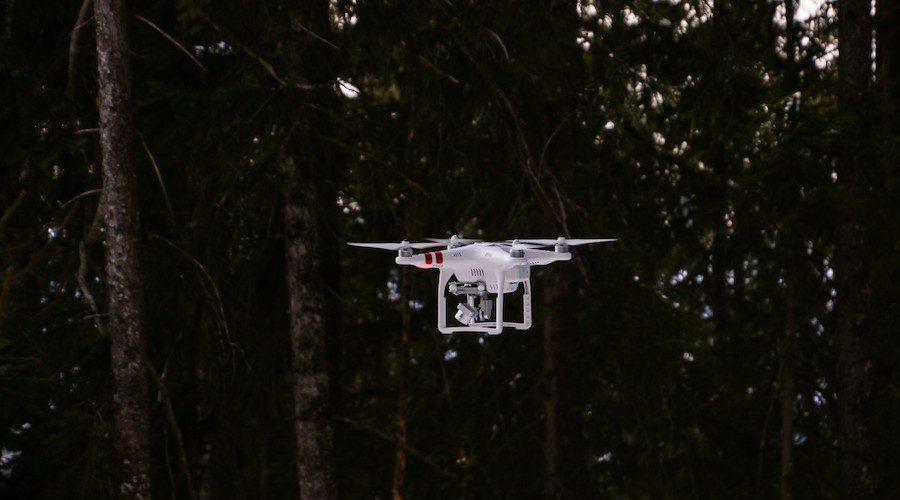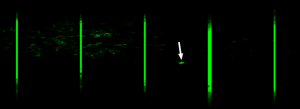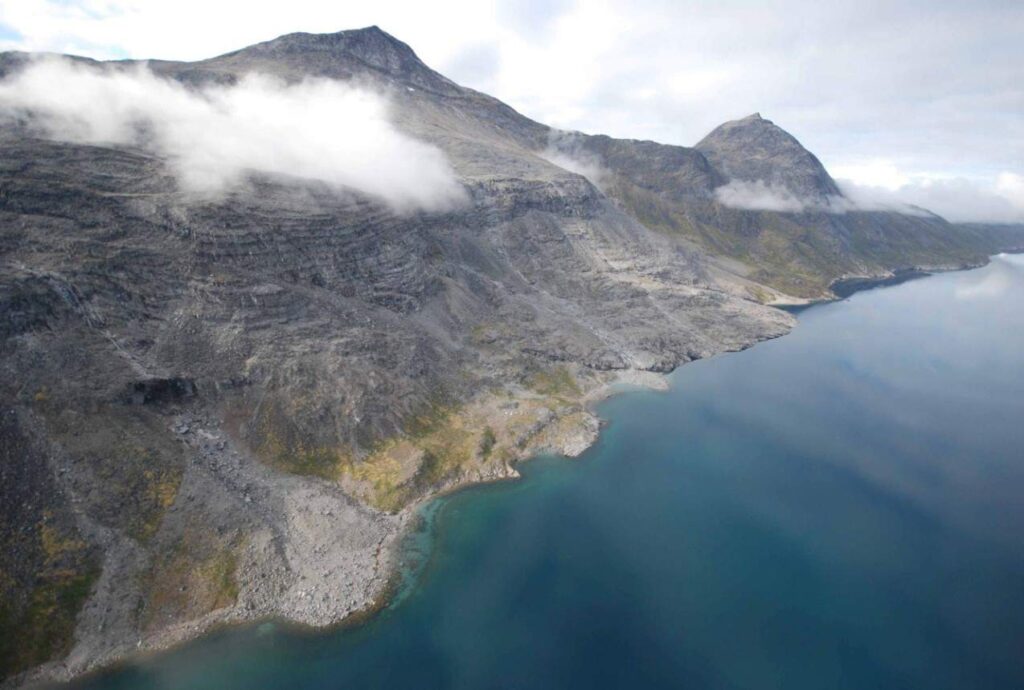‘Hunter drone’ that flies at night could be used to find gemstone deposits

Researchers at The University of Hong Kong co-developed an autonomous ‘hunter drone’ that seeks out targets at night using a scanning laser. The mechanism could effectively be used to find new mineral deposits.
In a paper published in the journal Methods in Ecology and Evolution, the scientists explain that the application of laser-stimulated fluorescence (LSF) to an aerial system is possible because of the laser’s ability to project over great distances with little loss in power.
The technique has been highly successful in paleontology, making fossil bones glow and revealing otherwise invisible details like skin and cartilage.

Fluorescence is also extremely sensitive to differences in mineral composition so the new system’s creators believe it is ready to seek out a whole range of fluorescent targets including minerals, for example, to study rare and unusual geology or to search for gemstones.
The drone has been nicknamed ‘Laser Raptor’ and it is loaded with pre-programmed flight paths during the day.
Then, at night, it flies rapidly to search locations using its onboard navigation and then descends and maintains an altitude of 4 metres above ground so it can ‘mow the lawn’ in search of glowing targets as small as a thumbnail. After each “mission” is complete, a video of the laser scan is processed to find hotspots that are investigated the next day.
Co-creators Thomas Kaye and Michael Pittman said they are now working to develop LSF applications for the study of geologic landscapes beyond Earth.
More News
Trump’s policies to spur further central bank gold buying
Central banks bought over 1,000 tons of gold annually since 2022.
April 03, 2025 | 06:48 am
Critical Metals, GreenMet partner to develop Tanbreez rare earth project in Greenland
The Tanbreez represents one of the largest untapped heavy rare earths deposits outside China.
April 02, 2025 | 11:14 pm
{{ commodity.name }}
{{ post.title }}
{{ post.excerpt }}
{{ post.date }}



Comments